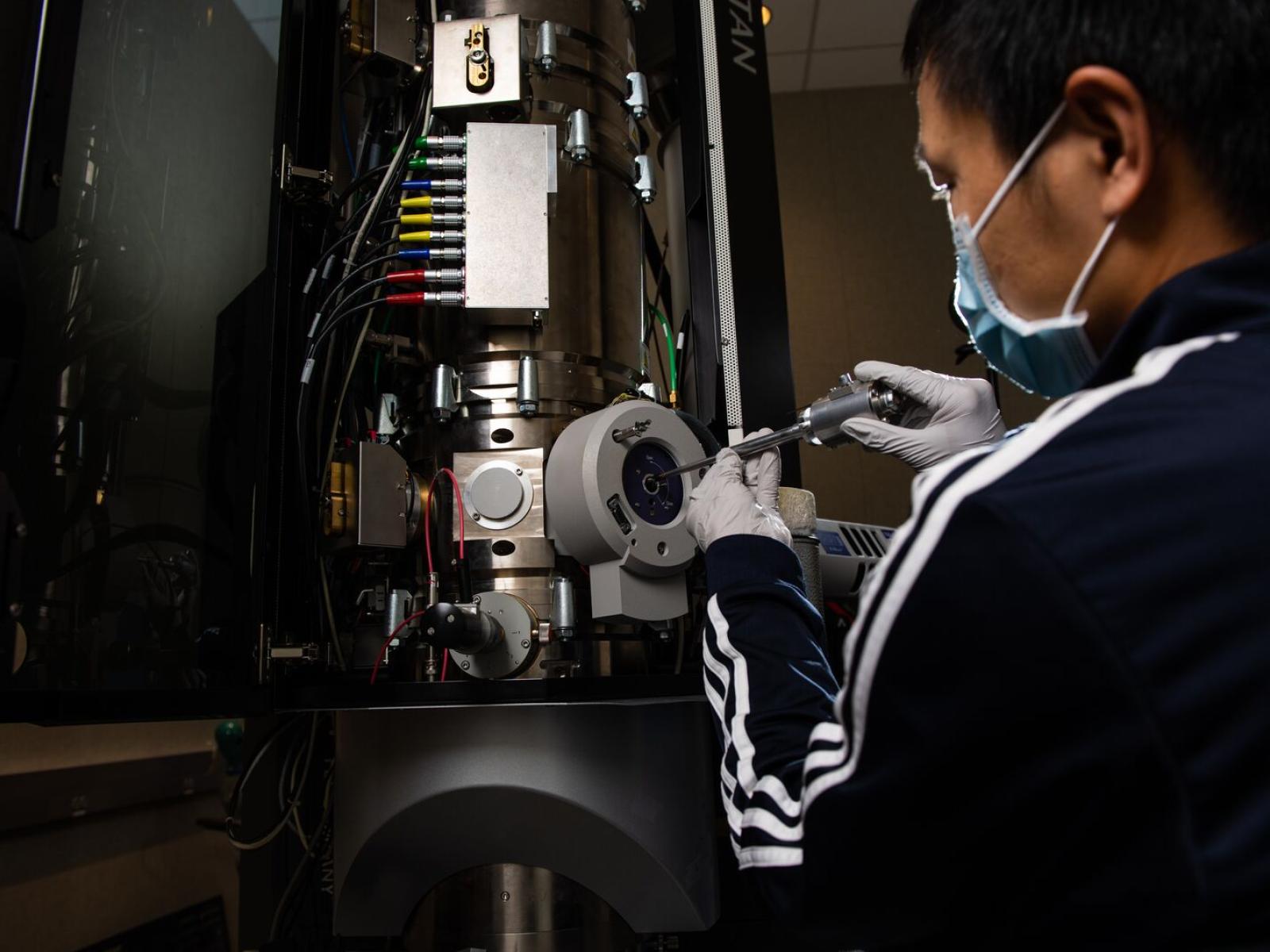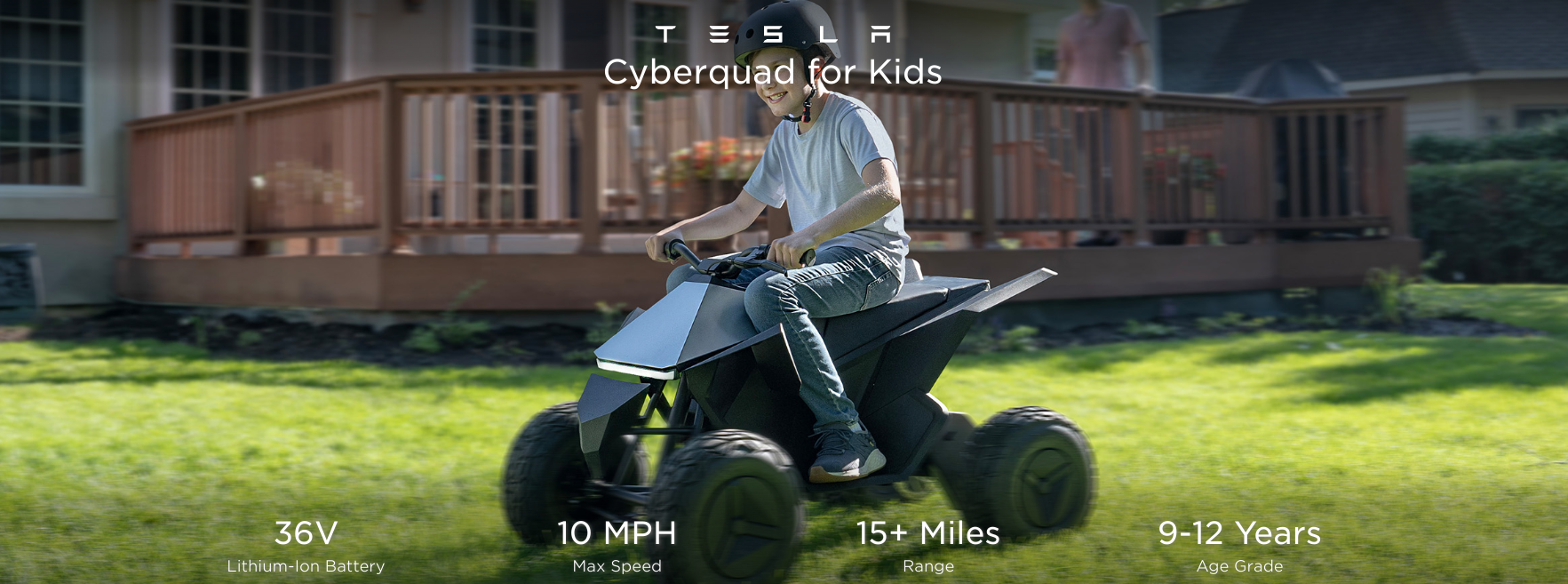Sign up for daily news updates from CleanTechnica on email. Or follow us on Google News!
For decades, researchers have assumed that the inevitable filmy buildup on electrodes inside rechargeable batteries is the driver of performance loss. Now, we know that view is backward.
The buildup of mossy or tree-like structured lithium metal deposits on battery electrodes is not the root cause of performance loss, but rather a side effect. The first direct measurement of the electrical properties at the boundary between the solid electrode and the liquid electrolyte inside a rechargeable battery is reported today in Nature Energy.
The study, led by a research team at the Department of Energy’s Pacific Northwest National Laboratory, shows that the so-called solid electrolyte interphase (SEI) is not an electronic insulator, as previously thought, but instead behaves like a semiconductor. The research solves the long-standing mystery of how SEI functions electrically during battery operation.
The findings have direct implications for designing longer-lasting batteries by fine-tuning the physical and electrochemical properties of the liquid electrolyte, which is often referred to as the blood supply of an operating battery.
“A higher rate of electrical conductance induces a thicker SEI with intricate solid lithium forms, ultimately leading to inferior battery performance,” said Chongmin Wang, a PNNL Laboratory Fellow and battery technology expert who co-led the study.
Micro-sized battery upends assumptions about how rechargeable batteries work
Researchers focus on this SEI layer, which is thinner than a sheet of tissue paper, because of its outsized role in battery performance. This filmy mosaic selectively permits charged lithium ions to cross during discharge and controls movement of electrons that supply the battery’s power.
When batteries are new, the SEI forms on the first charging cycle and ideally remains stable during the battery’s expected lifespan. But a look inside an aging rechargeable battery often reveals substantial buildup of solid lithium on the negative electrodes. Battery researchers have assumed that this buildup causes the performance losses. Part of the reason for this guess work has been an inability to make measurements to test cause and effect.

Battery research scientist Yaobin Xu inserts a sample into a transmission electron microscope to examine the function of a rechargeable battery. (Photo by Andrea Starr | Pacific Northwest National Laboratory)
Wang, along with co-lead of the study Wu Xu, a materials scientist of PNNL’s Battery Materials and Systems Group, co-first authors Yaobin Xu and Hao Jia, and their colleagues at PNNL, Texas A&M University, and Lawrence Berkeley National Laboratory solved this problem by developing a new technique to directly measure electrical conduction across the SEI in an experimental system. The team combined transmission electron microscopy with nanoscale manipulation of microfabricated metal needles inside the microscope. The researchers then measured the electrical properties of the SEI layer formed on either a copper or lithium metal with four different types of electrolytes.
The group’s measurements revealed that as voltage increases in the battery, the SEI layer in all cases leaks electrons, making it semi-conductive.
Findings suggest carbon-containing molecules leak electrons, reducing battery life
Once they had recorded this semiconductor-like behavior, which had never been directly observed previously, they wanted to understand which components of the chemically complex SEI are responsible for the electron leakage.
“We found that the carbon-containing organic components of the SEI layer are prone to leaking electrons,” Xu said.
The researchers concluded that minimizing the organic components in SEI would enable the batteries to have longer useful life.
“Even slight variations of the rate of conduction through the SEI can result in dramatic differences in efficiency and battery cycling stability,” Wang added.
About Pacific Northwest National Laboratory: PNNL researchers Peiyuan Gao, Xia Cao, Phung M. L. Le, Mark H. Engelhard, Shuang Li and Ji-Guang Zhang alsocontributed to the research. The research was sponsored by the DOE Office of Energy Efficiency and Renewable Energy’s Office of Vehicle Technologies under the Advanced Battery Materials Research Program and the US-Germany Cooperation on Energy Storage. Imaging and electrical analysis work was conducted in the Environmental Molecular Sciences Laboratory, a national scientific user facility sponsored by DOE’s Office of Biological and Environmental Research and located at PNNL. Some characterization work was completed at the Molecular Foundry, located at Lawrence Berkeley National Laboratory and supported by the DOE Office of Science, Office of Basic Energy Sciences.
Article courtesy of Pacific Northwest National Laboratory.
Have a tip for CleanTechnica? Want to advertise? Want to suggest a guest for our CleanTech Talk podcast? Contact us here.
EV Obsession Daily!
I don’t like paywalls. You don’t like paywalls. Who likes paywalls? Here at CleanTechnica, we implemented a limited paywall for a while, but it always felt wrong — and it was always tough to decide what we should put behind there. In theory, your most exclusive and best content goes behind a paywall. But then fewer people read it!! So, we’ve decided to completely nix paywalls here at CleanTechnica. But…
Thank you!
Tesla Sales in 2023, 2024, and 2030
CleanTechnica uses affiliate links. See our policy here.




